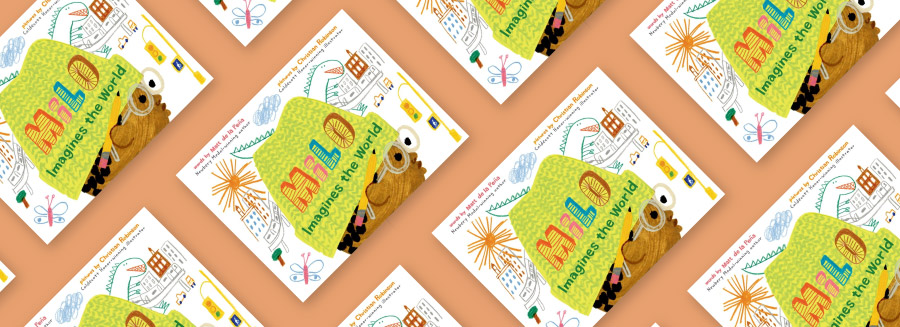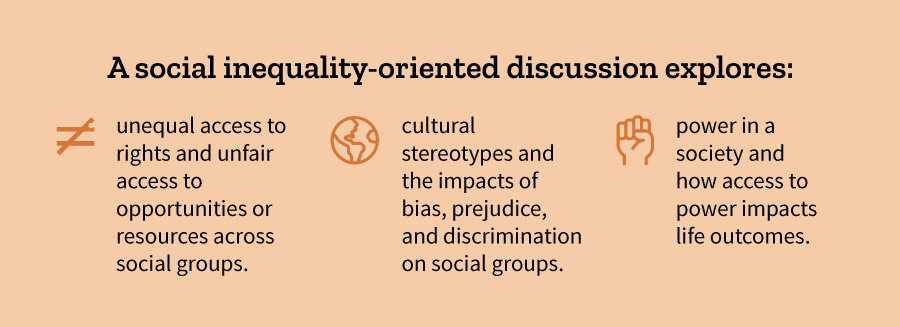
Today, we’re digging into one of my favorite picture books, Milo Imagines the World, written by Matt de la Peña and illustrated by Christian Robinson. This is the sixth post in the “Complex Books, In Context” series. Check out the other guides for Wonder, Genesis Begins Again, The 57 Bus, Jacob’s New Dress, and Dreamers.
Milo Imagines the World offers many opportunities for rich conversations with students about stereotypes, identity, and family. On a long subway ride with his sister, Milo studies the people around him. He imagines what their lives are like and draws pictures of them in his sketchbook. He assumes things about them based on the way they are dressed, drawing on cultural stereotypes and expectations. When a boy (who he had imagined was nothing like him) turns out to be heading to the very same destination as Milo, he starts to reimagine all the assumptions he made about the people in the subway.
In our quest to provide diverse and inclusive books to our students, we must also be intentional about how we address complex social inequality issues. If we use our lessons to only focus on the characters or the craft, we miss an important opportunity to help them understand the world around them. When we lean into the complexity of a book, young people can begin to develop skills for learning about all kinds of complicated realities. We cannot prepare our students to actively engage in the issues that matter to them if we avoid the tough stuff in our classrooms. Students, like everyone else, need to practice this skill. One clear way we can support them is by helping them learn to see the social context surrounding a story, whether that story is in a picture book or YA novel.
One way I recommend approaching our preparation for using a complex book is to identify and explore the following (ideally, in collaboration with our colleagues):
- Complex Themes: What complex themes does the author weave into this story?
- Context: What background information do my students need in order to understand the characters’ experiences in context?
- Connections: How can I link my students’ lives and experiences to the themes in this book? How can I be inclusive, avoid “othering,” and illustrate how we are all connected?
- Conversations: How can I more successfully navigate these complex conversations? Whose perspectives do I need to be more aware of when discussing these themes?
I have included my reflections on each part as a guide for how this can be done, including sample statements or activities for discussing these issues with students. Because this is a picture book, I have geared these statements towards elementary students, but I would absolutely use this book to kick off a rich conversation with secondary students as well. Additionally, if your department/school/district uses the Social Justice Standards from Learning for Justice, I have included the standards most aligned with Milo Imagines the World below.







